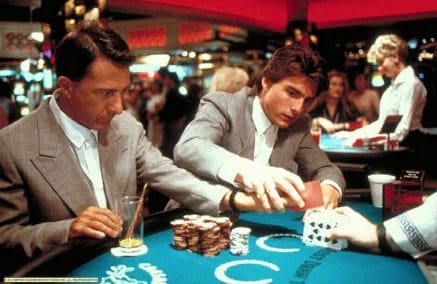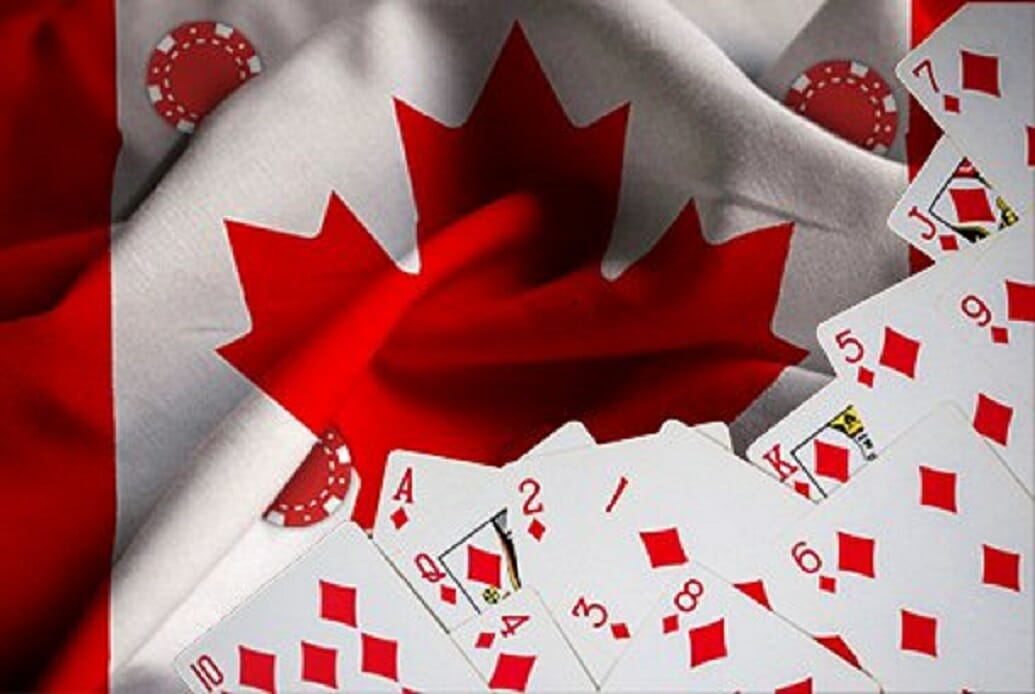How Do Casinos Calculate the Odds of Payouts?
Whether you are in a physical casino or online casino like SlotXO, the statistics that underpins gambling is a powerful guide to winning. Bookmakers and casinos typically offer three types of odds—decimal, fractional, and American (Moneyline). Below, we examine how these odds determine player payouts.
Three Types of Payout Odds
#1 Decimal Odds
Decimal odds are also known as digital, continental, or European odds (popular in Europe, Canada, Australia, and New Zealand). These odds are simple, where the number represents the total amount a player wins for every 1 unit they bet (and not only the profit). The key difference from fractional or American odds is that decimal odds factor in the stake, making the total payout calculation easier.
For instance, let’s say that the odds are as follows:
- Game X: 4.00
- Game Y: 1.50
The numbers against X (4.00) and Y (1.50) represent the amount a player could win against each unit wagered. If a player bets £100 on Game X, they could win £400 (£100 x 4.00); the profit is £300. A punter could also make a total of £150 (£100 x 1.5) if they successfully bet on Game Y.
The higher the total payout for decimal odds, the riskier the bet. So, to safeguard the casino’s profits, greater odds would offer a win less frequently.

#2 Fractional Odds
Traditional or fractional odds are commonly labelled as British or UK odds, popular in Great Britain and Ireland. The odds appear as “X/1,” “X-1,” or “X-to-one,” which indicates that a player would win £X against every £1 wagered. They would then receive their original amount (the stake) back.
For example, the fractional odds might show as:
- Game A: 10/11
- Game B: 9/4
Game A’s odds show a higher chance of winning; a player would win £10 against every £11 wagered. Players could make £100 if they stake £110 and win on Game A, making a profit of £100 and getting back their initial stake of £110 for a total of £210 in the pocket. Game B awards £9 for each stake of £4, a much greater payout, and therefore, less likely to occur.
#3 American (Moneyline) Odds
American, US, or Moneyline odds work slightly differently but also give players their initial wager back if they win. Bookmakers write the odds for favourites with a minus (-) sign, showing the amount a player needs to stake to win £100. The odds for underdogs show a positive (+) sign, also indicating the total amount someone could win for every wager of £100.
For instance, the Moneyline odds on two games might be:
- Game S: +600
- Game T: -750
Game S shows positive odds of 600, which means it is a bet on an underdog and has a lower probability of winning. If a player still wanted to stake £100 on Game S, they could make £600 on a win and receive their initial stake of £100 back (a total payout of £700). For Game T, they would need to bet £750 to win £100 (a win would payout £100 plus £750 for a total of £850 to take home).
The Odds of Winning
Probabilities play a huge role in any form of betting, and everybody is looking for loopholes. If you are lucky enough to make a wager that ‘beats the odds’ of bookmakers or casinos, you might find yourself celebrating. It’s rare—the house always wins—but understanding the odds is a great place to begin.













